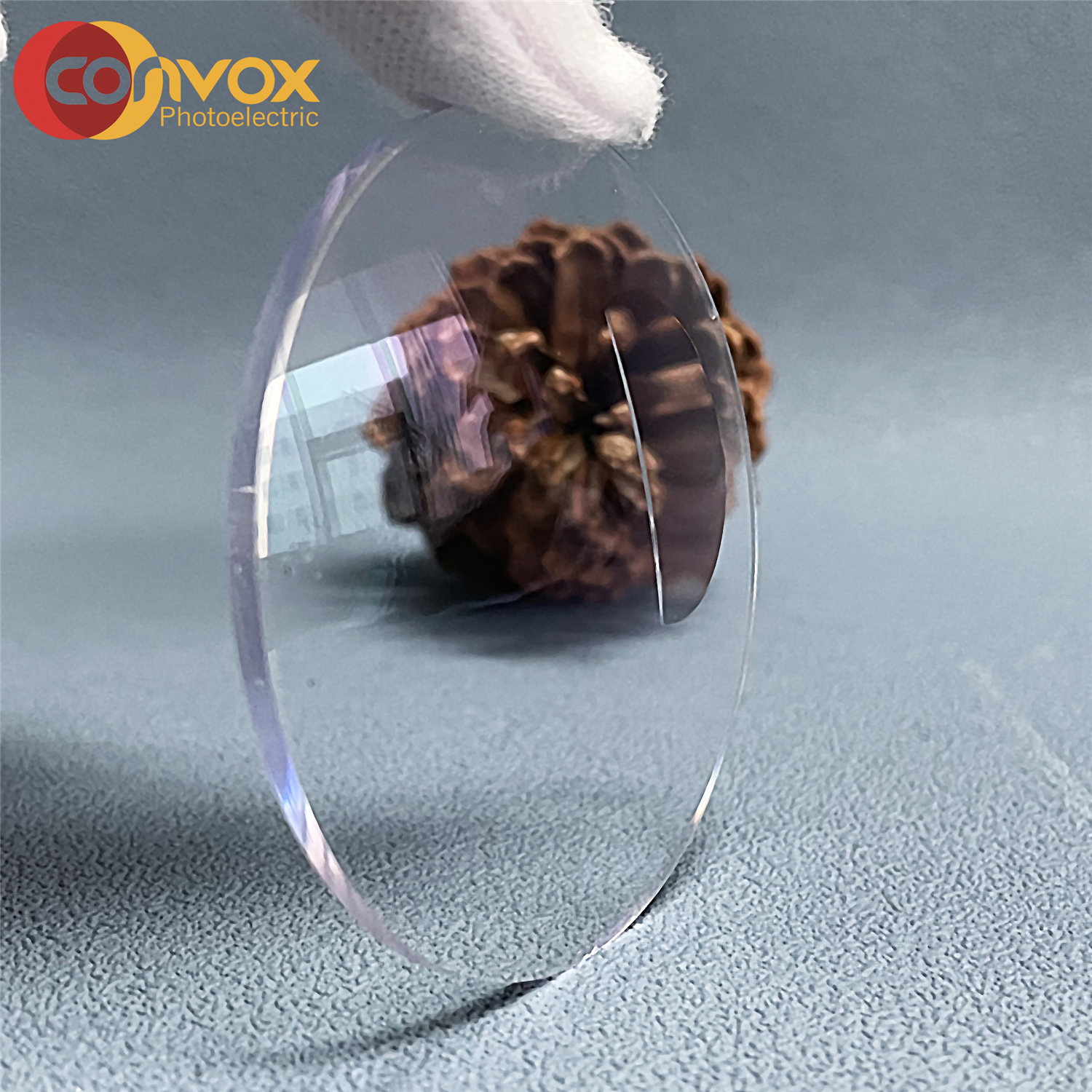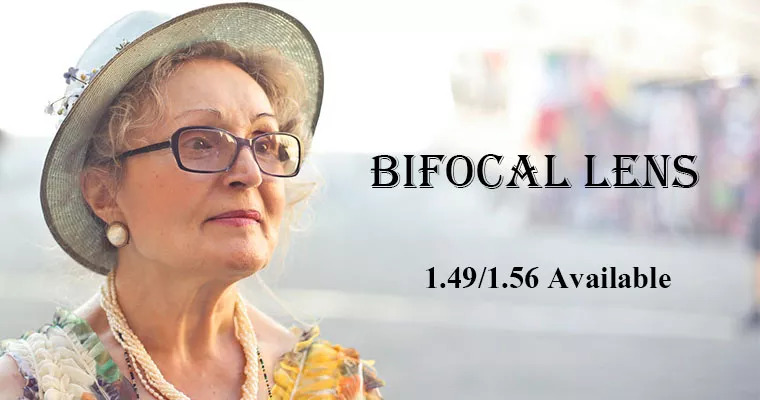| Index: | 1.56 |
| Coating: | HMC |
| Diameter: | 70/28mm |
| Material: | RESIN |
| Power ranage: | +3/Add1~+3;-2/Add1~+3 |






- Packaging Details 1.56 hmc lens packing: envelops packing (For choice): 1)standard white envelops 2)OEM with customer's LOGO, have MOQ requirement cartons: standard cartons:50CM*45CM*33CM(Every carton can include around 500 pairs lens,21KG/CARTON) Port:SHANGHAI






